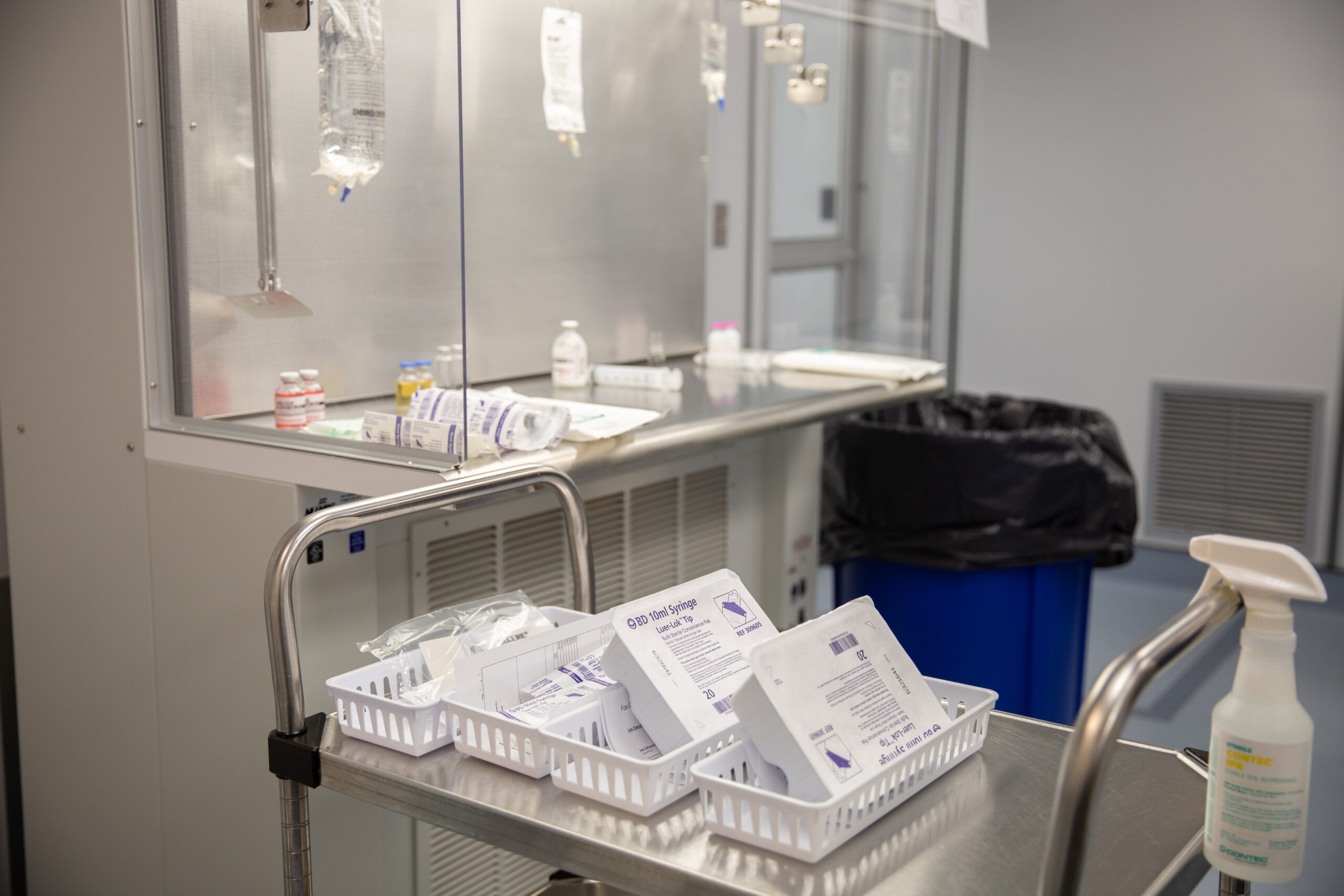
By Adam West, Environmental Monitoring and Training Specialist at CriticalPoint
At some point in your sterile compounding career, you will experience an unexpected interruption in compounding activity. The primary cause is likely a sudden power loss due to weather or some other circumstance. Whatever the cause may be, I’d like to take a moment and share my thoughts on being prepared when the lights go off and the importance of knowing what to do when they come back on.
Can your sterile compounding environments survive power loss?
In reality, the pharmacy cleanroom will return to a proper state of control eventually. But the challenge is knowing when the room is back to normal operating conditions and how. If you’ve experienced a facility power loss, then you know this can be not only frustrating but also a stressful event for everyone and everything. There are so many moving parts that go into sterile compounding on a good day. Then an unexpected power loss happens, and everything goes out the window. But what if you could be prepared for an unexpected power loss?
How can you be prepared for power loss?
There are a number of options that can provide scientific data to support the difficult decisions you may have to make after a power loss occurs. Routine certification (every 6 months during operating conditions) confirms the state of control (through specific parameters of engineering design) for an environment suitable for sterile compounding. Essentially, these are our primary and secondary engineering controls (cleanroom and ISO 5 devices). But what happens if these engineering controls shut down unexpectedly? Do they come back online with the same parameter design or does some set point reset and the whole balance is disrupted? In my opinion, you need to know the answers to these questions. And operationally, you’ll likely have a thousand more questions to answer from a pharmacy workflow perspective that is based primarily on, “How will I continue patient care?”
What’s the most critical element to pharmacy operations?
Pharmacy cleanroom recovery testing. When there are no pharmacy operations, there is no patient care. It goes beyond frustration and inconvenience. And unfortunately, this is not an “if” situation; it’s a matter of when will this happen and what is the proper response. There are a few industry standards and some guidance on how to perform pharmacy cleanroom recovery testing that your certifier can perform. This is not a routine test. Additionally, this is not a new concept to the pharmacy cleanroom industry and is, in fact, a required test in many CGMP industries. The testing typically occurs during the commissioning phase of the cleanroom. That is the phase when the physical build and airflow design is confirmed through a series of testing, and is operating the way it was designed to. Part of that testing determines how long it will take to get the room back to operating conditions in the event of power loss or mechanical failure.
Cleanroom Testing
Certifiers and facility personnel work together to simulate power loss and test the reaction of the environmental conditions. There are many ways to do this. You can test to see how long it takes the room to fall out of the designed ISO classification and then return to ISO design once the power is restored. The testing primarily consists of;
- Total particle count testing
- Temperature and humidity
- Post viable environmental monitoring
Recommendations
CriticalPoint recommends traditional 503A pharmacies work with certifiers to perform a planned power loss simulation to determine the facility’s capabilities for proper cleanroom recovery. The results from this study can help you determine how to plan operational workflow and when/how to proceed with compounding activity.
Want to improve your sterile compounding practice and be prepared for unexpected scenarios such as power loss? Check out our multiple training programs and learn from our team of sterile compounding experts!
